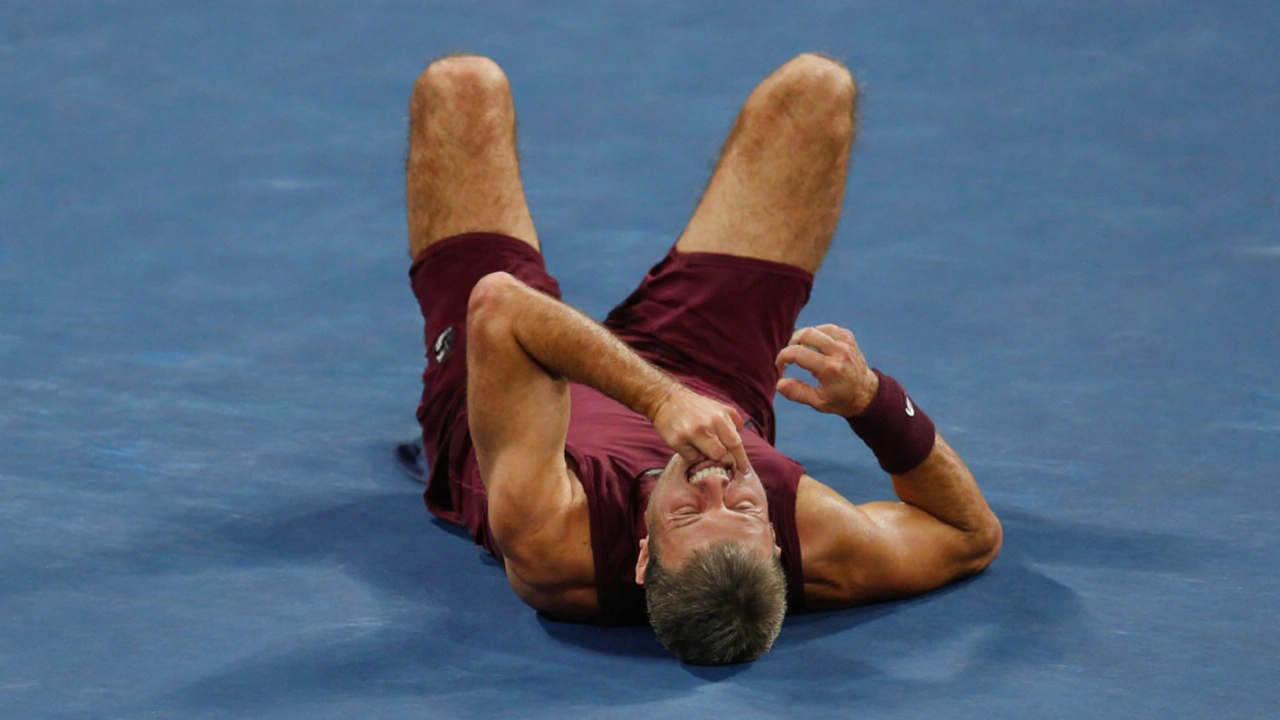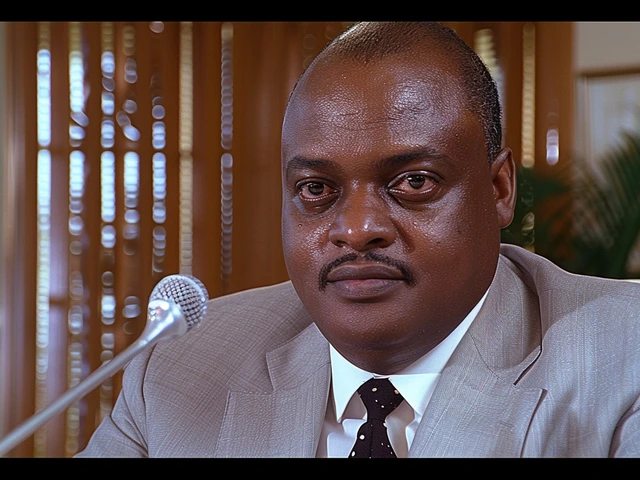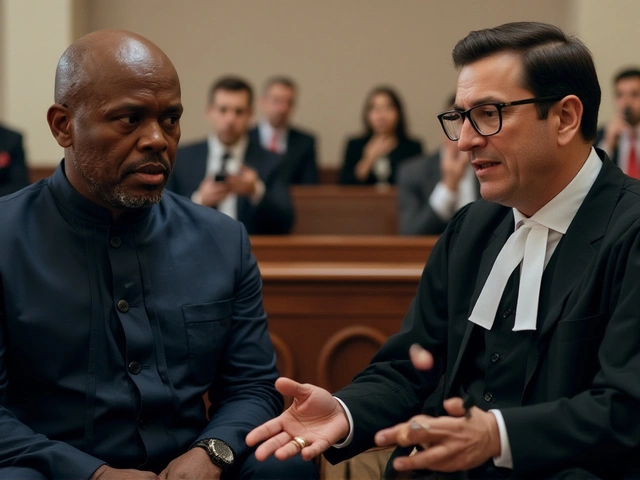Ankle Injury News, Tips and Real Stories
If you’ve ever twisted your ankle on a dusty road or felt a sharp pain after a game, you know how frustrating it can be. Ankle injuries are common across Africa, from city sidewalks to village fields, and they affect everyone – athletes, workers, kids, and seniors. This page pulls together the most useful information, recent reports, and practical advice so you can understand what’s happening and how to bounce back.
Common Types of Ankle Injuries
The ankle is a complex joint made of bones, ligaments, and tendons. The three injuries you’ll hear about the most are:
- Ankle sprain: A sudden twist stretches or tears the ligaments. Most sprains are graded from I (mild) to III (severe). A grade‑II sprain often feels like a sharp sting followed by swelling.
- Ankle fracture: A direct blow or a hard fall can break any of the five bones surrounding the joint. Fractures need X‑rays and usually a cast or surgery.
- Tendon strain or rupture: Overuse or an abrupt push‑off can damage the Achilles or peroneal tendons. You might hear a pop and notice a gap where the tendon tore.
In South Africa and Nigeria, road accidents and football matches cause the bulk of these injuries. Rural clinics often report delayed treatment because patients travel long distances to reach a hospital.
How to Treat and Recover
First‑aid matters. The RICE method – Rest, Ice, Compression, Elevation – still works for most sprains. Apply an ice pack for 15‑20 minutes, three times a day, and keep the foot elevated above heart level.
For fractures, don’t skip the doctor. A misaligned bone can lead to chronic pain and arthritis. If surgery is needed, follow the surgeon’s rehab plan closely. Physical therapy isn’t optional; it restores range of motion and strengthens muscles that support the ankle.
Home exercises can speed up healing once the doctor clears you. Try these simple moves:
- Alphabet writing: Use your big toe to “draw” letters in the air. It improves mobility.
- Calf raises: Stand on a step, rise on your toes, then lower slowly. Start with 10 reps, add more as you feel stronger.
- Balance board: Stand on one foot for 30 seconds, switch sides. This trains the stabilizing ligaments.
Nutrition also plays a role. Foods rich in vitamin C, zinc, and protein help tissue repair. A glass of orange juice or a handful of nuts after a rehab session can make a difference.
Finally, listen to your body. Pushing through pain often turns a mild sprain into a chronic problem. If swelling doesn’t go down after 48 hours, or if you can’t bear weight, seek medical attention.
In the coming weeks, we’ll share stories from athletes who returned to the field, updates on new orthopedic clinics in Nairobi, and tips from physiotherapists across the continent. Bookmark this page, and keep checking back for fresh advice on staying ankle‑strong.

Alcaraz’s ankle scare at Japan Open turns into straight‑set win
World No.1 Carlos Alcaraz rolled his left ankle in the opening games of his Japan Open debut against Sebastian Baez. After a painful tumble and a quick medical timeout, the Spaniard rallied to win 6‑4, 6‑2. He admitted the injury was frightening but said he felt better as the match went on. Alcaraz now looks ahead to a second‑round clash with Belgium’s Zizou Bergs.
Categories
- Sports (145)
- Politics (22)
- Entertainment (20)
- World (15)
- News (10)
- Lifestyle (8)
- Business (6)
- Technology (3)
- Health (3)
- Environment (2)



